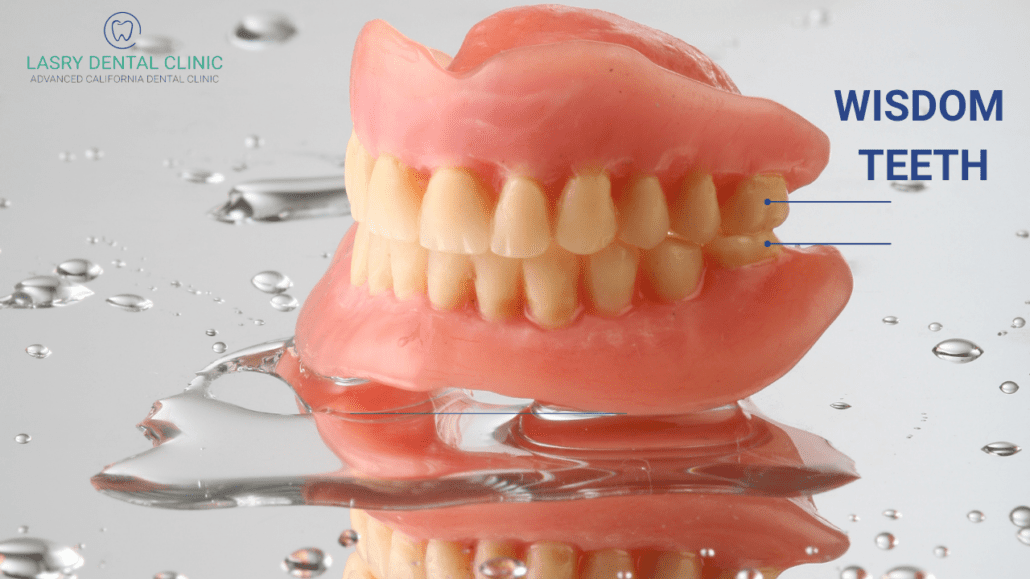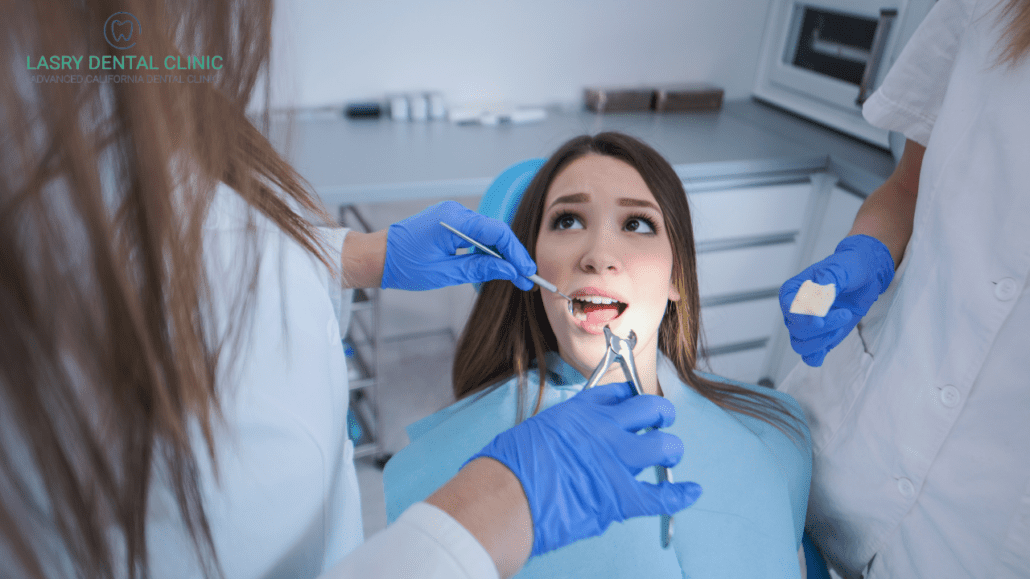Here’s What To Eat After Wisdom Teeth Removal
So you just had your molars pulled, huh? Or maybe you’re about to. The only thing on your mind is probably figuring out what to eat after wisdom tooth removal.
Most people assume that once you pass your childhood, your teeth stop growing. Which is true… for the most part. With the exception of wisdom teeth.
Wisdom teeth (which unfortunately don’t actually make us any wiser) are also known as third molars. They usually grow during your adolescent or young adult years. Many people have to get their wisdom teeth removed because
A) We actually don’t need them, or
B) Our teeth to become crowded.
Since wisdom teeth come in so late, there’s usually no space for them to grow comfortably. This causes them to come in sideways, affecting the rest of the mouth and cause pain, swelling, and infection.
If that happens, you need your wisdom teeth removed. After removal, the healing process may take anywhere from 3 days to 2 weeks. Taking proper care of the gums after surgery and eating suitable foods is really important to the healing process, so we’ve provided tips and suggestions below!
RELATED: WISDOM TEETH REMOVAL COST: BREAKING DOWN THE BASICS
How To Know If You Need Your Wisdom Teeth Removed
It can sometimes be difficult to tell when it’s time for wisdom teeth to come out. According to the American Association of Oral and Maxillofacial Surgeons, about 85% of wisdom teeth need removal eventually. Even if you’re not experiencing any issues, your dentist may still recommend that you get your wisdom teeth removed to avoid problems.
Some signs that you may need to get your wisdom teeth removed are:
- Jaw pain: A dull, aching pain radiating from your jaw. In some cases, it can cause migraines.
- Swollen, tender gums: The gum around the growing wisdom tooth may swell, become tender, and bleed, making it difficult to eat.
- Impacted tooth: This happens when the tooth cannot break through the gums and comes in at an angle. This leads to pain, swelling, and overcrowding.
- Bad breath: If your wisdom teeth are growing in at an angle, they’re more likely to trap food and bacteria and irritate your gums. An increased amount of bacteria can cause bad breath.
- Overcrowding: This happens when your other teeth start to shift due to the wisdom tooth that’s growing in. Teeth that were once straight may begin to overlap, and jaw issues may arise down the line, as well as gum decay and plaque buildup, according to this Colgate article.
Some people have wisdom teeth that grow in without any issues or pain. However, we still recommend consulting your dentist or oral surgeon.
As you get older, the bones in your mouth become harder, making them more challenging to move. So if you were to experience issues down the road, the recovery after surgery would be longer (and possibly more painful).
RELATED: HOW TO GET RID OF TEETH DISCOLORATION
What To Eat After Wisdom Tooth Removal
After undergoing surgery for wisdom tooth removal, it’s essential to continue eating a healthy diet. However, it can be challenging to find food that’s soft enough to eat and nutritious enough to sustain you properly.
Here are a few options to consider when you’re at the grocery store trying to find something to eat:
- Smoothies: Smoothies are a great way to get essential vitamins without even having to chew. Not only can you get fruits in your diet with smoothies, but adding vegetables such as kale or spinach helps balance out your diet even more. However, avoid using a straw for drinking while you’re healing, as it could lead to a dry socket.
- Oatmeal: Oatmeal is an excellent source of fiber and is rich in vitamins and nutrients. Instant oatmeal is better to consume while healing from surgery since it’s not very thick. However, it can be chewy, so we recommend waiting a couple of days after surgery to start eating oatmeal.
- Mashed cauliflower: While mashed potatoes are a great option, mashed cauliflower can have a smoother consistency. It also has fewer carbs and calories, as well as more calcium.
- Soup: Blended soups are great to eat after surgery since they don’t contain small pieces of food that could get stuck in the gums and irritate them further. They’re also rich in nutrients and vitamins.
- Scrambled eggs: Scrambled eggs are a great source of protein and are soft enough to be chewed without much effort.
RELATED: WHAT ARE THE SYMPTOMS OF A TOOTHACHE?
Wisdom Teeth Removal Aftercare
Aftercare for wisdom tooth removal is essential to the healing process. Your dentist may prescribe you medicine for pain and swelling, a mouth rinse and syringe, and specific instructions on how to take care of yourself post-surgery.
The healing process usually takes 3-4 days, but it may last up to 2 weeks depending on a few different factors (such as age and whether or not the wisdom tooth is impacted).
To keep the healing time to a minimum, make sure to follow these wisdom teeth removal recovery tips:
- To manage the pain, most people opt for over-the-counter pain killers such as Tylenol. Using a cold pack on your jaw may also help relieve the pain.
- While you’re undergoing the healing process, it’s important to avoid smoking, spitting, sucking from a straw, intense exercise, and more. These actions could dislodge a surgical stitch or the blood clot that forms over the wound (known as a dry socket).
A dry socket can lead to severe complications and make the healing process more painful since the bone and nerves are exposed to the air. According to Medlineplus, some symptoms of dry socket are:
- Extreme pain within the first 3 days of recovery
- A bad taste in your mouth
- Bad breath
- A slight fever
- Missing blood clot where the wound is.
There are a few treatment options for dry socket, such as filling the socket with medication, flushing it out, and changing the dressing frequently. Your dentist may also prescribe an antibiotic.
RELATED: FOOD THAT IS BAD FOR YOUR TEETH








Thank you for explaining some tips for aftercare. My daughter is getting her wisdom teeth removed after Thanksgiving. I’ll be sure to pass this on to her so she’s prepared for what will happen.
Thanks so much for the small section of symptoms that mean you might want your wisdom teeth removed. I’ve never had an issue with my teeth but recently my jaw has begun to hurt for seemingly no reason. I’ll have to look into finding a nearby dentist who can help me figure out if it’s my wisdom teeth that are causing issues.
I’m really glad you said that you can get essential vitamins with smoothies. My wisdom teeth seem to have started growing in since my jaw and mouth have been in a ton of pain for the past couple of weeks, so I wanted to know some tips on how to prepare for the recovery process. I’ll keep these tips in mind once I set an appointment with a dentist to get my wisdom teeth removed.